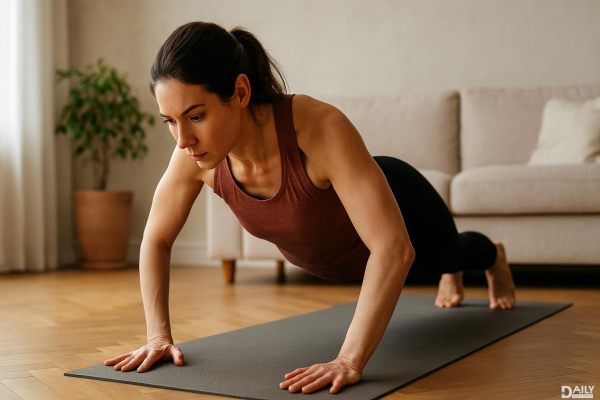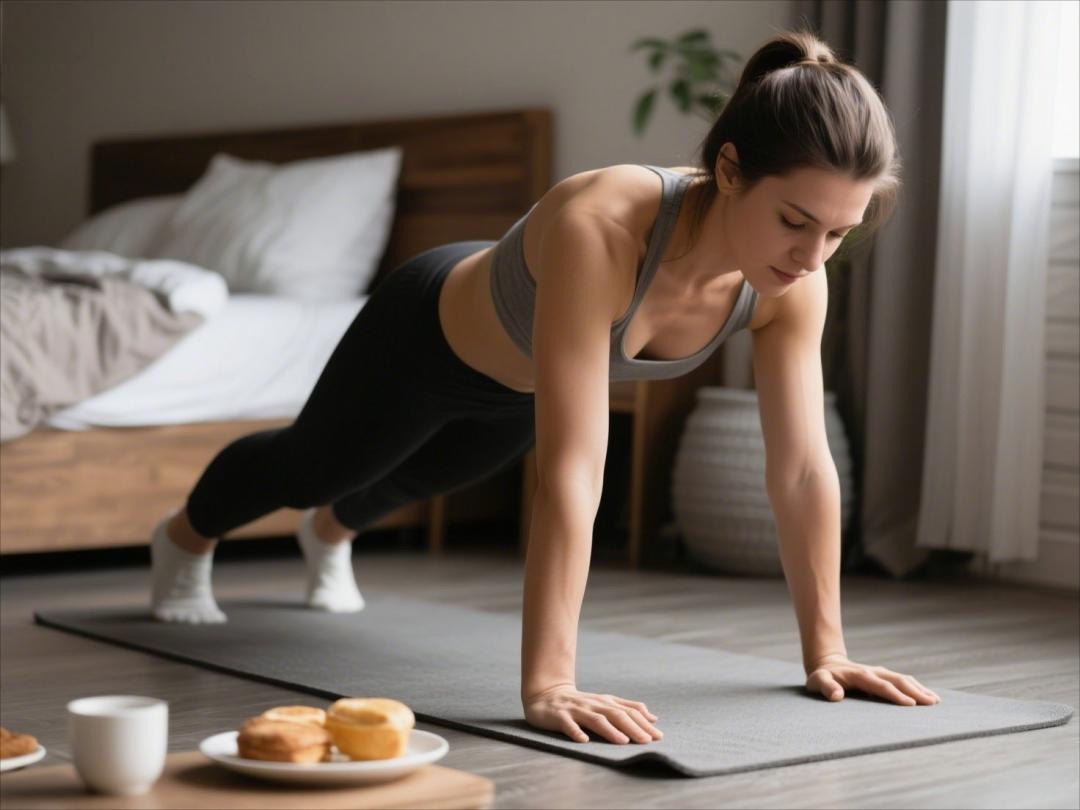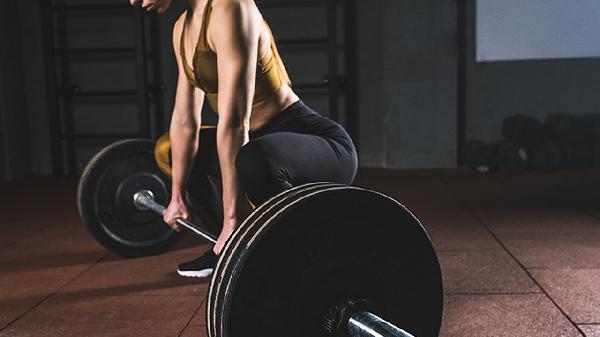If you're like me and prefer pounding pavement over treadmill miles, you already know outdoor running hits different. But when summer turns your favorite running route into a sauna, that love affair gets complicated real quick. I've logged hundreds of miles through New York's brutal heatwaves, and let me tell you - surviving summer runs isn't about toughness, it's about strategy. The secret? Working with the heat instead of against it.
Timing Is Everything
That 5pm run you love in spring? In July, it's basically self-inflicted torture. I learned the hard way that adjusting your schedule makes all the difference. Early birds get the worm - and the tolerable temperatures. My summer alarm goes off at 5:30am for a reason. The air feels fresher, the streets quieter, and my body doesn't feel like it's running through soup. If mornings aren't your thing, late evening runs after sunset work too - just watch for uneven pavement when visibility drops. Pro tip: check heat index forecasts religiously. That 85°F at 7am? By noon it'll feel like 100°F with humidity. Schedule intense workouts for cooler windows and save easy runs for warmer slots.
Route Recon Matters
Your regular loop might become a heat trap when temperatures soar. I scout summer routes with three non-negotiables: shade coverage, water access, and bailout points. Parks with tree canopies beat exposed asphalt every time. I plan pit stops at drinking fountains (always test them first - nothing worse than a dry fountain mid-run). And I make sure my route passes convenience stores or cafes where I can duck in for AC if needed. Bonus points for routes with sprinklers or fire hydrants - instant cooldowns are gold in summer. My favorite trick? Running toward bodies of water where breezes naturally develop. That Hudson River path might add half a mile, but the wind coming off the water makes it worth every step.
The Hydration Two-Step
Here's where most runners mess up - they think hydration starts when they're thirsty. Newsflash: by then you're already behind. I follow the 24-hour hydration rule. The day before a long run, I'm constantly sipping - aiming for pale yellow pee (sorry, but it's the best indicator). Two hours pre-run, I down 16oz of electrolyte mix. During the run, I carry a handheld bottle with ice-cold fluid that I sip every 10 minutes, even if I'm not thirsty. Post-run, I weigh myself and drink 20-24oz per pound lost. The game-changer? Adding sodium. When I sweat buckets, I lose salt too. A pinch in my water or electrolyte tabs prevent that "why do I still feel thirsty?" phenomenon.
Dress for Success (Not Suffering)
Cotton is rotten in summer running. I live in technical fabrics that wick sweat and actually cool when wet. My summer kit includes: a ventilated hat with a sweatband (blocks sun and catches drips), sunglasses with polarized lenses (squinting causes tension), and light-colored, loose-fitting tops with mesh panels. For bottoms, I go short - 3" inseam shorts prevent thigh rub. Don't forget anti-chafe products - I apply BodyGlide anywhere fabric meets skin. The real MVP? Cooling towels. I wet one pre-run and tuck it in my sports bra - instant AC for my core. And yes, sunscreen is non-negotiable. I use a sport formula that won't sting when sweat drips into my eyes.
Listen to Your Body's SOS Signals
Summer running requires next-level body awareness. I've learned to recognize warning signs: if my sweat suddenly stops (bad), if I get goosebumps in the heat (very bad), or if I feel nauseous (time to stop immediately). I adjust pace expectations - a 9-minute mile in cool weather might become an 11-minute shuffle in heat. I take walk breaks before I feel I need them. And I never hesitate to cut a run short if conditions feel dangerous. Remember: heat illness sneaks up fast. One summer, I ignored early dizziness and ended up with heat exhaustion that sidelined me for a week. Now I treat summer runs like altitude training - the heat is literally changing how my body performs.
Post-Run Cool Down Protocol
The first 30 minutes after a hot run are critical. I've developed a recovery routine that prevents that awful "overheated for hours" feeling. Step one: get out of the sun immediately. I head straight for shade or AC. Step two: gradual cooling. I sip room-temp fluids (ice-cold can shock your system) and apply cool compresses to pulse points - wrists, neck, behind knees. Step three: electrolyte replenishment. I mix a recovery drink with sodium, potassium and magnesium. Step four: the "legs up the wall" pose - it helps circulation and brings core temp down. Finally, I wait at least an hour before hopping in a cold shower - sudden temperature drops can actually make you feel worse.
Summer running definitely requires more planning than other seasons, but there's magic in those steamy miles. The quiet streets at dawn, the way your body adapts to the challenge, the incredible feeling of drinking an ice-cold Gatorade after pushing through - it's all part of why I keep coming back. Sure, I could take my runs indoors to climate-controlled treadmills. But where's the adventure in that? With smart preparation, summer running becomes less about survival and more about discovering what you're capable of when conditions get tough. And let's be real - bragging rights taste even sweeter when you've earned them in the heat.
























